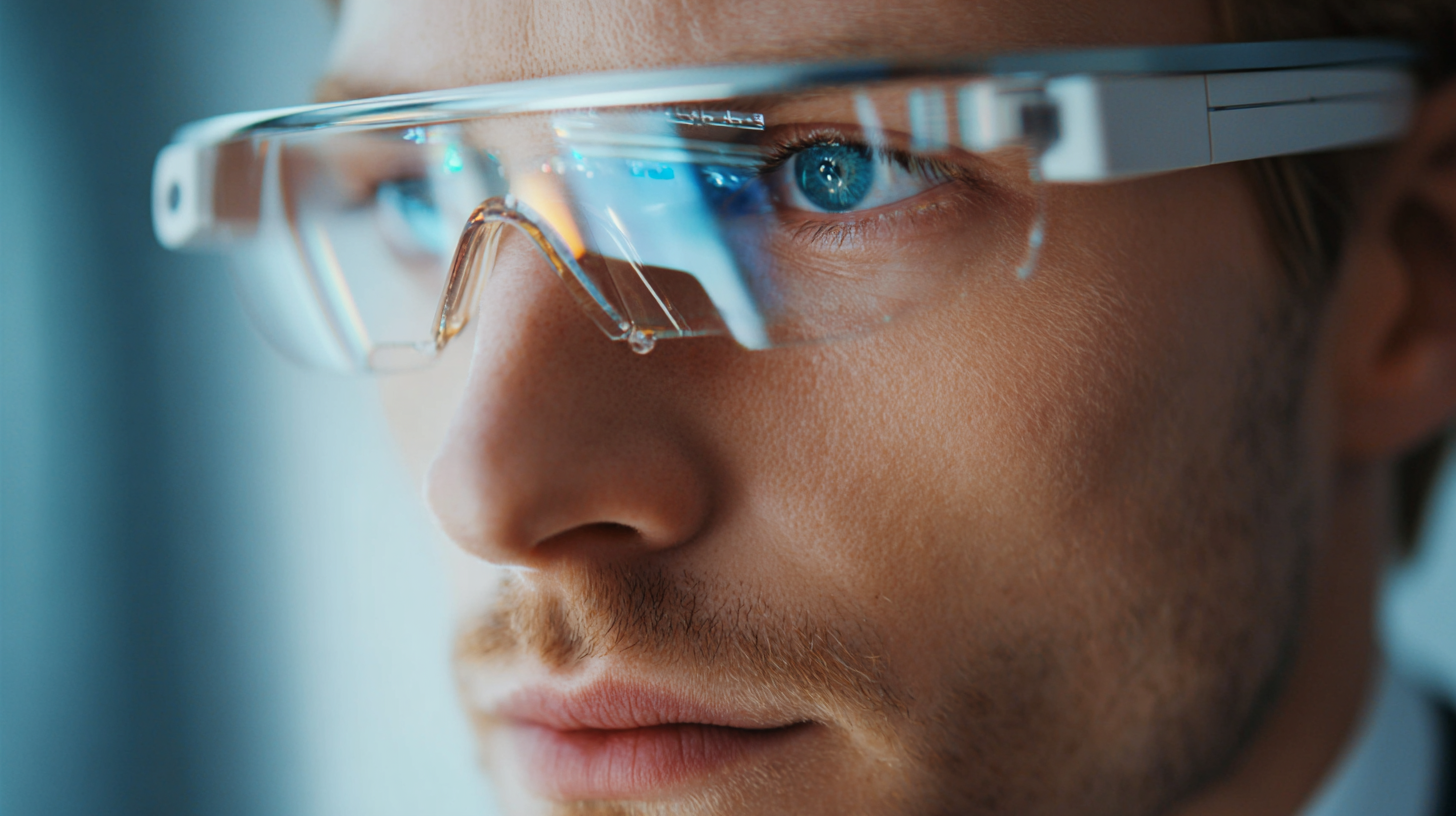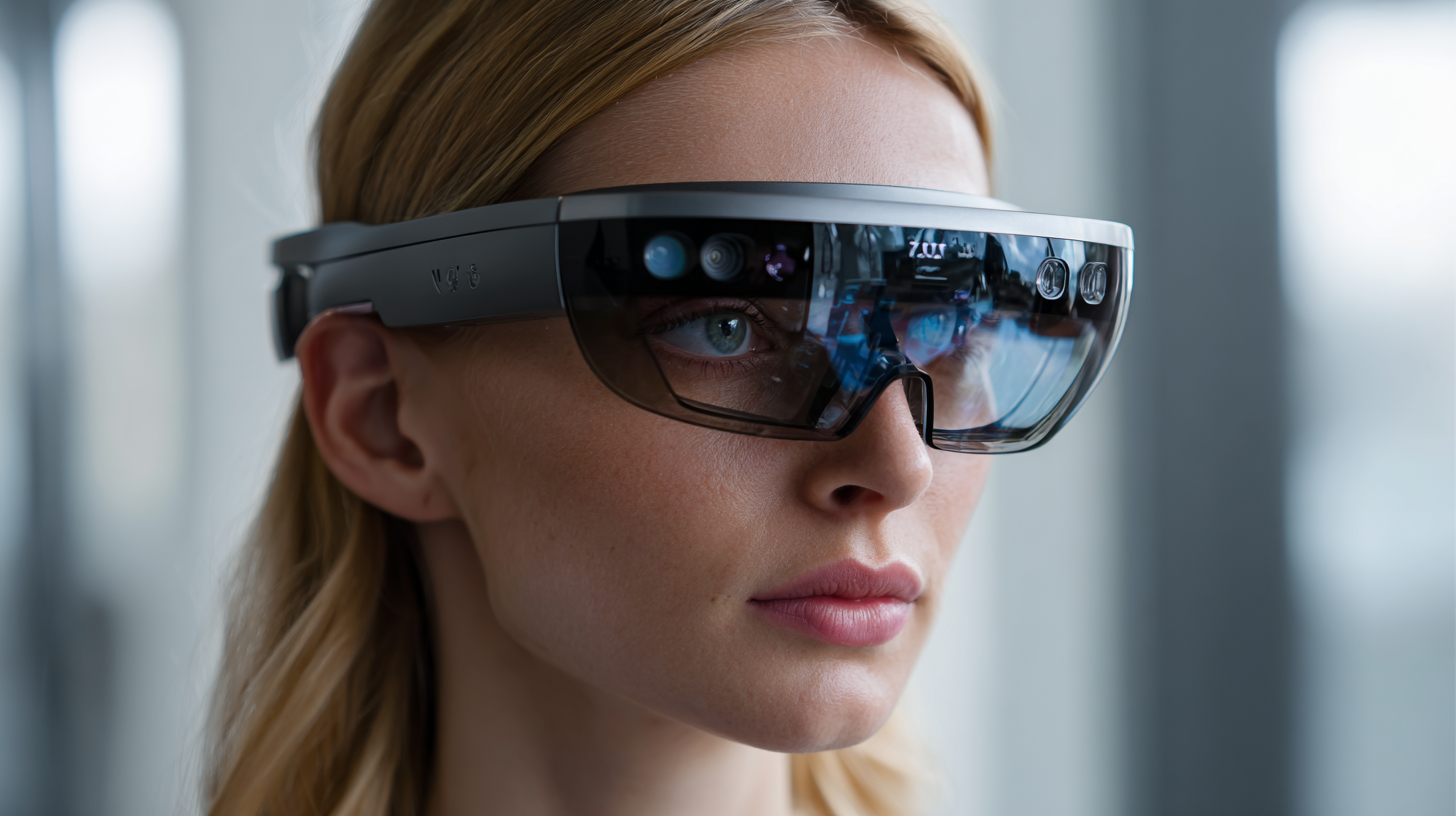 +86-13613020876
+86-13613020876



In recent years, Smart Glasses Technology has emerged as a pivotal innovation, transforming various industries through enhanced user experiences and operational efficiencies. According to a report by Statista, the global smart glasses market is projected to reach a staggering $29 billion by 2025, driven by advancements in augmented reality (AR) and virtual reality (VR) applications. These wearable devices are not only reshaping the way we interact with information but are also proving essential in fields such as healthcare, manufacturing, and logistics. By integrating Smart Glasses Technology, businesses can unlock unprecedented potential, streamline workflows, and significantly improve training and collaboration. This blog will explore proven strategies for successfully leveraging smart glasses, ultimately positioning organizations to stay ahead in an increasingly competitive landscape.

As we explore the market growth of smart glasses technology from 2023 to 2030, the future appears promising.
The market for smart glasses is projected to flourish significantly, driven by advancements in
augmented reality (AR) and
artificial intelligence (AI). Companies are increasingly investing in R&D to create innovative solutions that enhance user experience, with applications ranging from fitness tracking to seamless integration with daily life.
Tips: When considering smart glasses for your business or personal use, prioritize compatibility with existing devices to ensure a smooth integration.
Look for models that offer
user-friendly interfaces and robust software support, which can significantly impact usability and satisfaction.
Moreover, as the industry matures, anticipate a growing emphasis on personalized experiences. Users are looking for smart glasses that can adapt to their routines and preferences.
Brands that leverage data analytics to understand consumer behavior will likely gain a competitive advantage.
Tips: Stay updated with technological trends and consumer feedback to refine your vision of smart glasses applications. Engaging with user communities can also provide valuable insights into desired features and functionalities that resonate with potential buyers.
The integration of smart glasses technology across various industries has demonstrated substantial improvements in productivity and efficiency. For instance, in manufacturing, smart glasses enable real-time data overlay, guiding workers through complex assembly processes. This not only reduces the likelihood of errors but also accelerates the training of new employees, as they can learn by doing under direct visual instruction.
**Tip:** When implementing smart glasses in your workflows, start with specialized training sessions. Encourage employees to practice using the technology in a controlled environment before rolling it out to full-scale operations.
In the healthcare sector, smart glasses facilitate hands-free access to patient records during procedures, allowing doctors and nurses to maintain focus on their patients. This immediacy aids in critical decision-making and enhances communication among medical teams.
**Tip:** Choose smart glasses that are designed for specific tasks within your industry to maximize benefits. Solicit feedback from end-users to continuously improve how the technology supports their daily operations and integrate updates seamlessly.
| Industry | Use Case | Impact on Productivity | Cost Savings |
|---|---|---|---|
| Manufacturing | Remote Assistance for Assembly | 20% Increase in Assembly Speed | 15% Reduction in Labor Costs |
| Healthcare | Surgeon Assistance During Operations | 30% Reduction in Surgery Time | 10% Decrease in Operational Costs |
| Logistics | Inventory Management | 25% Faster Inventory Counts | 20% Savings in Inventory Management Costs |
| Retail | Enhanced Customer Experience | 40% Increase in Customer Engagement | 15% Growth in Sales Revenue |
As smart glasses technology continues to evolve, understanding usability metrics and gathering user feedback becomes paramount for successful applications. A recent report from the International Data Corporation (IDC) predicts that the global market for smart glasses will reach $70 billion by 2024, underscoring the importance of creating an intuitive user experience. Usability metrics, such as task completion time and error rates, are essential in assessing how effectively users can interact with these devices. For example, a study by Nielsen Norman Group found that improving usability can lead to an increase in user satisfaction by up to 40%, highlighting the critical role of user feedback in refining product design.

Furthermore, tailoring smart glasses applications according to user feedback can significantly enhance their effectiveness in real-world scenarios. According to a survey conducted by Statista, 58% of users reported that they would use smart glasses more frequently if the devices were easier to navigate and interact with. Collecting qualitative feedback through user testing sessions reveals common pain points, such as uncomfortable fit and confusing interfaces, which can directly inform iterative design processes. By prioritizing usability and integrating user feedback, developers can unlock the full potential of smart glasses technology, ensuring a more engaging and seamless user experience in the expanding landscape of augmented reality.
 Smart glasses technology is revolutionizing the way businesses operate and communicate. Among the key features of these devices are augmented reality (AR) capabilities, which allow users to overlay digital information onto the physical world. This innovation enhances training and onboarding processes, providing employees with real-time, hands-on learning experiences. Companies can create immersive simulations that improve comprehension and retention, ultimately leading to a more skilled workforce.
Smart glasses technology is revolutionizing the way businesses operate and communicate. Among the key features of these devices are augmented reality (AR) capabilities, which allow users to overlay digital information onto the physical world. This innovation enhances training and onboarding processes, providing employees with real-time, hands-on learning experiences. Companies can create immersive simulations that improve comprehension and retention, ultimately leading to a more skilled workforce.
Another remarkable feature of smart glasses is their ability to facilitate remote collaboration. With built-in cameras and connectivity options, users can share live video feeds and receive instant feedback from colleagues anywhere in the world. This capability not only reduces travel costs but also speeds up project timelines by enabling immediate problem-solving and decision-making. By fostering effective communication and streamlined workflows, smart glasses technology is driving innovation and enhancing overall business efficiency. Organizations that harness these tools are well-positioned to thrive in an increasingly competitive landscape.
The future of smart glasses is rapidly evolving, driven by advancements in augmented reality (AR), artificial intelligence (AI), and wearable technologies. According to a recent report by MarketsandMarkets, the global smart glasses market is projected to reach $8.0 billion by 2025, showcasing a growth rate of 31.2% between 2020 and 2025. This surge is largely attributed to increasing demand in retail, healthcare, and enterprise sectors, highlighting the versatility of smart glasses in enhancing productivity and user experience.
As smart glasses continue to mature, emerging technologies play a pivotal role in shaping success strategies for businesses. For instance, integrating AI capabilities allows for real-time data processing, enabling users to receive instant information and feedback. Similarly, the incorporation of AR can transform training and collaboration, providing immersive experiences that increase engagement.
Tips for Implementing Smart Glasses in Your Strategy:






